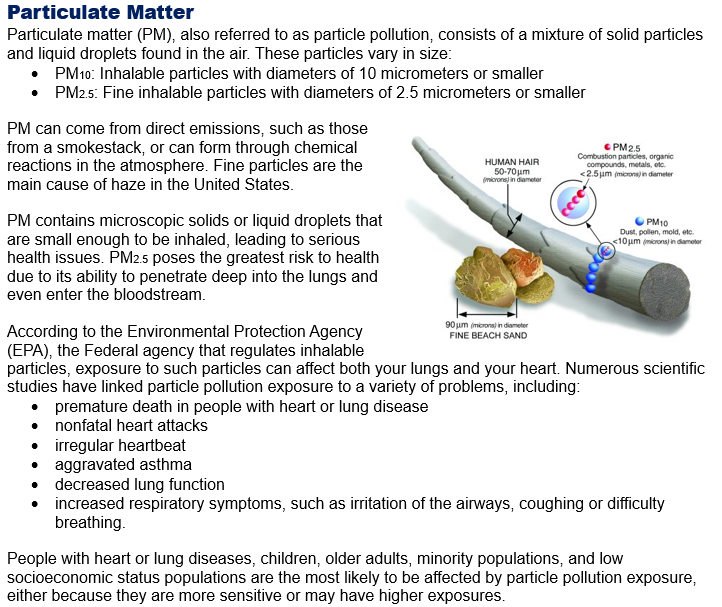
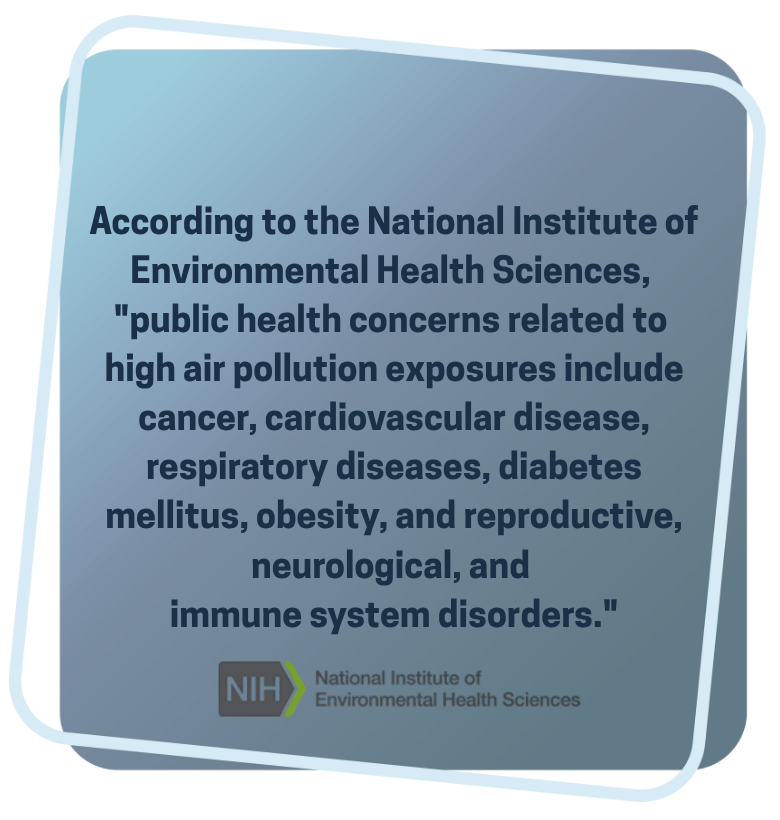
Air quality refers to the condition of the air within our surroundings. It is assessed to determine how clean or polluted the air is and to understand its potential effects on health.
Air Quality Index
The Air Quality Index (AQI) is a key tool used to communicate the quality of the air. The AQI ranges from 0 to 500, with higher values indicating greater levels of pollution and associated health risks. The Environmental Protection Agency (EPA) has established an AQI for five major air pollutants regulated under the Clean Air Act: ground-level ozone, particulate matter, carbon monoxide, sulfur dioxide, and nitrogen dioxide.
AQI values of 100 or below are generally considered satisfactory. When AQI values exceed 100, air quality starts to become unhealthy, initially for sensitive groups, such as individuals with asthma, and progressively for the general population as the AQI values increase.
Common Types of Air Pollution
Ground-level Ozone
Carbon Monoxide
Carbon monoxide
Sulfur Dioxide
Nitrogen Dioxide
Lead
Radon
Asbestos
Wildfire & Smoke
Wildfire smoke is a mixture of gases, water vapor, air pollutants and fine particulate matter. Climate change has already led to more frequent wildfires and a longer wildfire season. Wildfire smoke pollutes the air, impairing visibility and disrupting outdoor activities. It can also spread hundreds of miles downwind to other regions, as was seen in Connecticut in the summer of 2023 with the Canadian wildfire smoke.
Exposure to wildfire smoke can worsen respiratory illnesses like asthma, chronic obstructive pulmonary disease (COPD), and bronchitis.
Wildfires can be prevented by paying attention to weather and drought conditions, as well as avoiding activities involving fire and sparks when it’s dry, hot, and windy.
AirNow Wildfire Map: https://fire.airnow.gov/#5.61/40.521/-78.359
State of the Air
“State of the Air” is the American Lung Association’s annual national air quality “report card.” The 26th edition of the report, the 2025 State of the Air, states that 46% of Americans – 156.1 million people – are living in places that get failing grades for unhealthy levels of ozone or particulate pollution. This means nearly 25 million more people are breathing unhealthy air compared to last year.
Current Projects
NVHD has received an Enhanced Air Quality Monitoring for Communities Grant from the EPA to enhance air quality monitoring in the Naugatuck Valley.
Project Partners
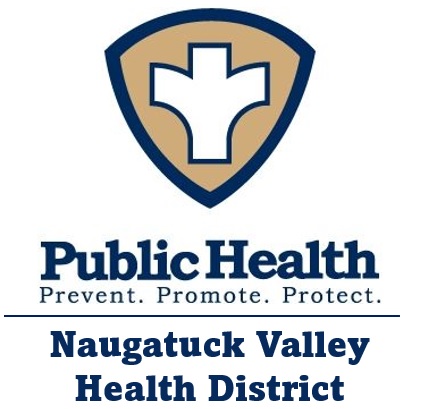 |
 |
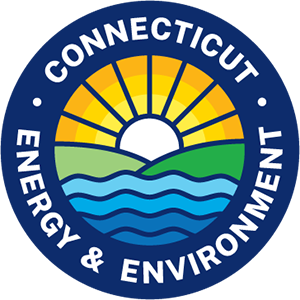 |
 |
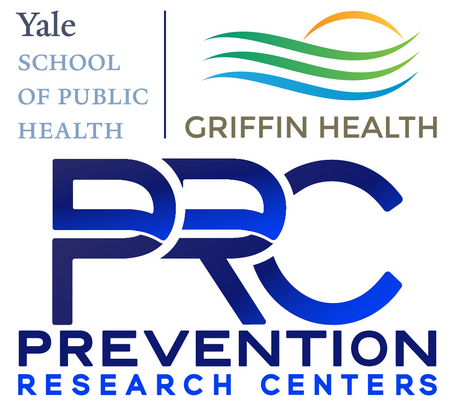 |
 |
Air Quality Monitoring Sensors
Field Air Sensors are low-cost sensors designed to measure real-time concentrations of PM2.5, fine Particulate Matter particles with an aerodynamic diameter of less than 2.5 micrometers. NVHD will work with Stakeholders to determine Field Air Sensor placement in both residential and commercial areas. This includes promoting the recruitment of citizens and businesses to host sensors.
Air Quality Flag Program
The EPA Air Quality Flag Program is a community program that uses EPA guidelines to fly colored flags based on the Air Quality Index (AQI) on a given day. These flags inform people and their communities about outdoor air quality conditions, as each color corresponds to how clean or polluted the air is.
2026 Air Quality & Climate Change Symposium
The Earth Day-Asthma Day Project Symposium is an annual event that will be hosted in late April or early May. The inaugural symposium will take place in 2026. It will bring together community stakeholders and partners for updates on the project, including presentations by speakers and additional education presentations on air quality.
